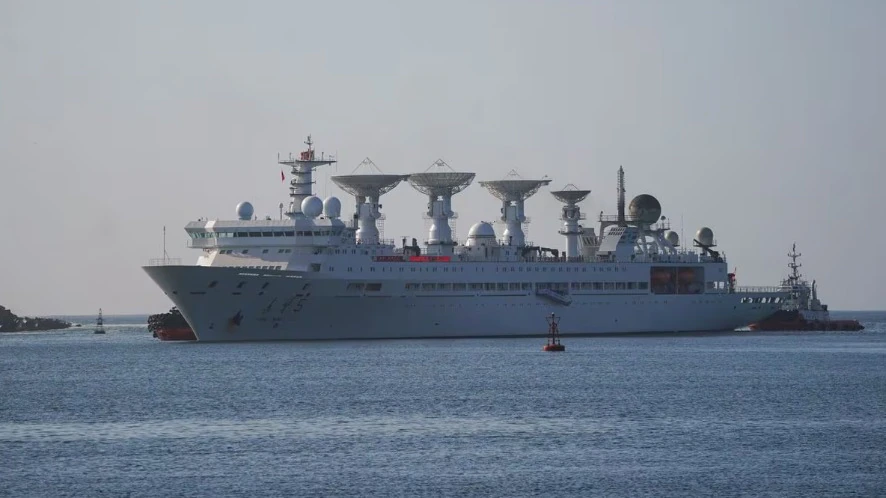A Chinese research vessel was found operating covertly in the Bay of Bengal for several days by deliberately disabling its Automatic Identification System (AIS), a move that has raised serious concerns among maritime security experts. The vessel was detected by a French maritime intelligence company, Unseenlabs, during a 16-day satellite survey in the region.
Unseenlabs, which uses radio frequency emissions to track ships even when they do not transmit AIS signals, revealed that nearly 10% of the 1,897 vessels tracked in the Bay of Bengal during the survey showed no AIS activity. The deliberate AIS blackout by a prominent Chinese vessel drew attention due to its proximity to areas of recent Indian naval activity and its recurring presence in the Indian Ocean.
“While not broadcasting AIS, its RF signature was consistent and traceable, enabling our systems to monitor its movement over several days,” Unseenlabs stated in its report. “We suspect that this prominent Chinese research vessel was likely operating with strategic intent.”
According to the report, the vessel’s activities likely included seafloor mapping, acoustic environment analysis, and identification of submarine transit corridors. These capabilities are commonly associated with surveillance and anti-submarine warfare operations, raising concerns about potential Chinese naval preparedness and intelligence gathering in the region.
Although the ship remained in international waters—approximately 120 nautical miles off the eastern coast of India—it operated close enough to military zones to warrant attention. The Indian Navy and Coast Guard have routinely monitored similar activities, reporting regular intrusions by Chinese research and surveillance vessels in the Indian Ocean Region (IOR).
Security analysts believe the presence of such vessels is part of a broader Chinese effort to expand its maritime footprint in the IOR. With Chinese naval ships and submarines already active in the region, Indian defence planners anticipate that Beijing may soon deploy aircraft carriers as part of its strategic maritime operations.
The incident underscores the growing concerns over underwater surveillance, maritime domain awareness, and the strategic rivalry playing out in the Indo-Pacific waters.













